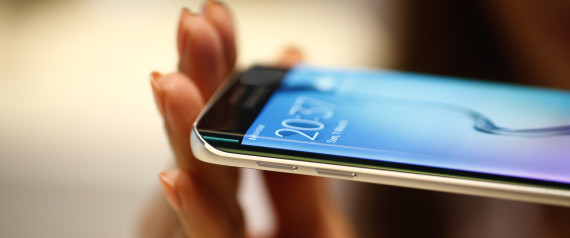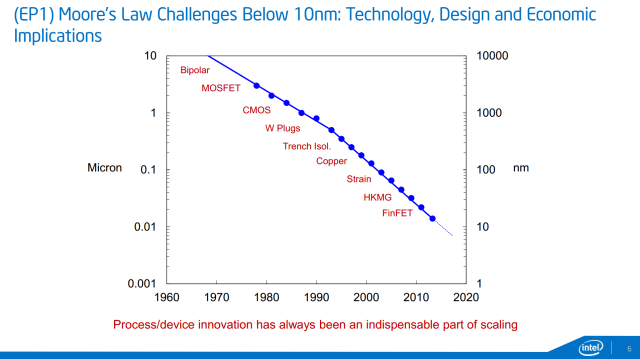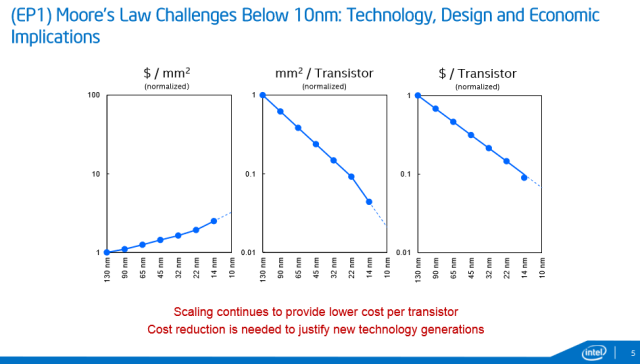nebbya's Profile
nebbya's Posts
The trends are clear -- thinner and lighter smartphones, as well as larger. However battery life is critical.
Vast Majority Of Us Would Prefer A Thicker Smartphone If It Meant A Better Battery
Posted: 03/02/2015 5:09 pm EST Updated: 03/02/2015 5:59 pm EST

Americans don't want thinner phones. At least, not if that means shorter battery life.
A new HuffPost/YouGov poll finds that an overwhelming majority -- 73 percent -- of adults polled would prefer a thicker phone with longer battery life to a thinner one with shorter life.
Only 12 percent said they'd prefer a thin phone with less battery life, while 15 percent said they weren't sure.
The results come one day after Samsung announced its new flagship Galaxy S6 phone, which is thinner and lighter than the Galaxy S5. It also has a smaller-capacity battery than the S5. Samsung, however, claims the new device is more efficient and should last longer than the old one, despite the weaker battery.
In a recent column for The Wall Street Journal, tech columnist Christopher Mims suggested it would take a brave phone maker to buck the trend of thinner smartphones in favor of longer-lasting batteries. If our survey is any indication, maybe it would just take a smart one.
This, of course, begs the question of how. Poet is moving towards 40nm with a complete toolkit. If Intel knows how to implement III-V like Poet, why aren't the doing it already? To jump in at 7nm seems ludicrous.
Article at Arstechnica.com
Intel forges ahead to 10nm, will move away from silicon at 7nm
To keep up with Moore's law, Intel is looking at new materials, 3D packaging.
This week at the 2015 International Solid-State Circuits Conference (ISSCC), Intel will provide an update on its new 10nm manufacturing process and new research on how it's maintaining the march of Moore's law to 7nm and beyond. The first chips based on Intel's new 10nm process are expected in late 2016/early 2017, and the company says it's hoping to avoid the delays that haunted the belabored release of 14nm Broadwell. To hit 7nm, Intel says new materials will be required—as in, it looks like 10nm will finally be the end of the road for silicon. The most likely replacement for silicon is a III-V semiconductor such as indium gallium arsenide (InGaAs), though Intel hasn't provided any specific details yet.
ISSCC 2015, being held in San Francisco this week, is where all the big players in silicon (Intel, Samsung, TSMC, IBM, etc.) meet to talk about their latest manufacturing processes and how they might go about overcoming the current barriers to smaller, faster, and denser computer chips. It's not unusual for Intel to have one of the largest presences at the conference, and this year is no different: it will be presenting three papers on its 14nm technology, hosting sessions on a variety of topics, and Mark Bohr—one of Intel's most esteemed researchers—will be sitting on a panel that discusses Moore's law beyond 10nm.

Once Intel can get past the delays, its new chips will have a lot to offer.
On a conference call last week, Intel gave reporters a preview of what to expect at ISSCC, along with some updates on its upcoming 10nm process and the difficult step down to 7nm. On the call, Intel acknowledged that its Broadwell chips were delayed due to the unforeseen complexity of manufacturing at 14nm, but the company says it hopes to avoid the same delays with 10nm, even though it will require even more steps than 14nm.
More interesting than 10nm, though, is the news that Intel is looking to move away from silicon FinFETs for its 7nm process. While Intel didn't provide any specifics, we strongly suspect that we're looking at the arrival of transistors based on III-V semiconductors. III-V semiconductors have higher electron mobility than silicon, which means that they can be fashioned into smaller and faster (as in higher switching speed) transistors. The topic of extreme UV (EUV) lithography also came up during the call, but due to continued problems with EUV deployment, it sounds like Intel is planning to do both 10nm and 7nm without it.

Due to other constraints—thermals, power consumption, and form factor—Intel is also looking into new types of packaging: 2.5D, where separate dies are placed side by side on an interposer, and 3D, where each die is stacked directly on top of each other. Both 2.5D and 3D packaging are good for reducing power consumption, with 3D really coming into its own with mobile and wearable devices.
With 10nm, Intel hopes to carry the mantle of Moore's law forward to yet another node while continuing to decrease the price per transistor—in other words, we'll continue to see chips that consume slightly less power while also integrating yet more features onto a single die. 7nm, with a possible shift away from silicon, is more exciting; transistors fashioned out of III-V semiconductors can consume much less power while switching at much higher speeds. Individually, neither of these new processes are likely to raise the roof; but a 3D stack of 7nm dies... now we're talking.
Negative. Or I should say, most unlikely. Panasonic and Fuji have been working together in developing organic sensors. See the following papers from the 2013 Symposium on VLSI Circuits Digest of Technical Papers. These are joint technical reports from Fuji and Panasonic. They have been integrating their intellectual work into organic camera sensors with remarkable sensitivities. Since Fuji currently sources their high end camera sensors from Sony, it makes sense to eventually vertically integrate their production and produce their own sensors jointly with Panasonic. I would put money on this being a fab for their organic sensors.
An Ultra-low Noise Photoconductive Film Image Sensor With a High-speed Column Feedback Amplifier Noise Canceller,
Thin Organic Photoconductive Film Image Sensors with Extremely High Saturation of 8500 electrons/μm2
My understanding is that it reduced from 30% to 3%. The 5% was a working assumption for the Peregrino valuation report.
What must be remembered is that the original royalty agreement was struck in 2003. Since then Taylor and his lab have done substantial work and have many more patents. Any finished product will involve the intellectual contribution of the original patents with UConn (and the 30% royalty) along with intellectual property that UConn does not have an ownership right to. The difficulty is in determining how much of the end product revenue is attributable to the UConn patents. Rather than go that route, they have instead agreed to a lower overall net royalty rate.
The likely nature of the negotiations with UConn involved the relative contributions of that intellectual property versus the rest of the work done since. The royalty was going to be reduced, the only question was by how much. Better to negotiate this out up front than to litigate it later.
My understanding is that it reduced from 30% to 3%. The 5% was a working assumption for the Peregrino valuation report.
What must be remembered is that the original royalty agreement was struck in 2003. Since then Taylor and his lab have done substantial work and have many more patents. Any finished product will involve the intellectual contribution of the original patents with UConn (and the 30% royalty) along with intellectual property that UConn does not have an ownership right to. The difficulty is in determining how much of the end product revenue is attributable to the UConn patents. Rather than go that route, they have instead agreed to a lower overall net royalty rate.
The likely nature of the negotiations with UConn involved the relative contributions of that intellectual property versus the rest of the work done since. The royalty was going to be reduced, the only question was by how much. Better to negotiate this out up front than to litigate it later.